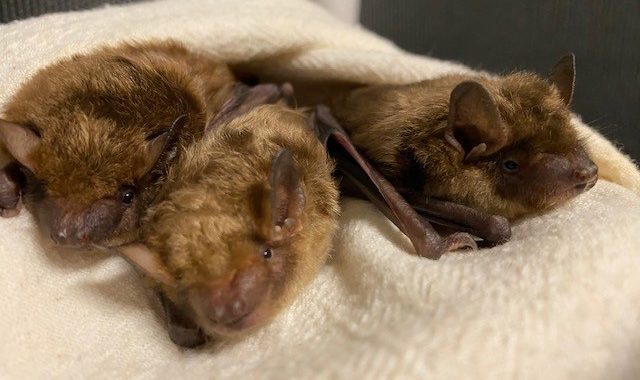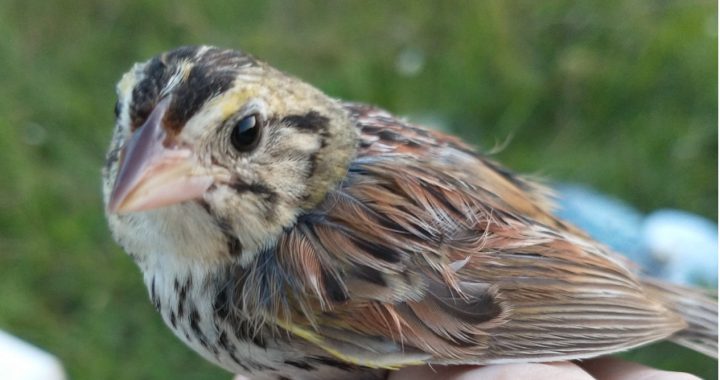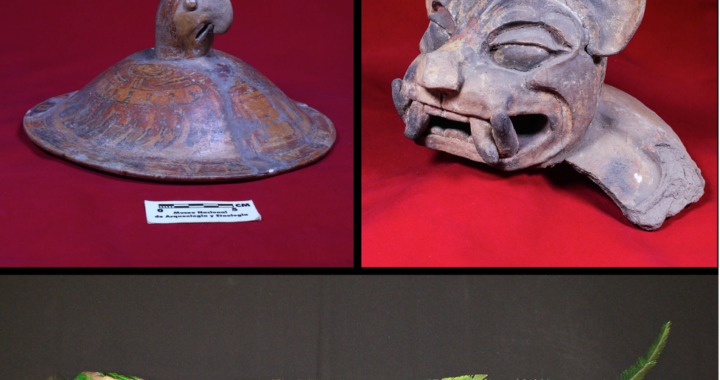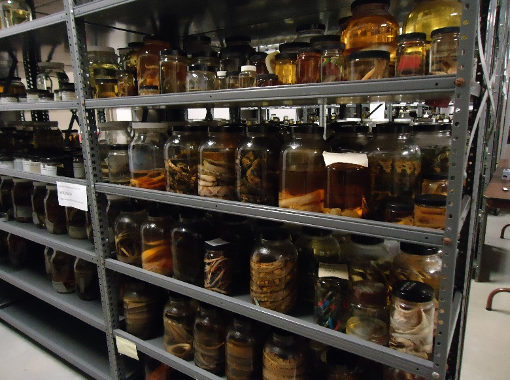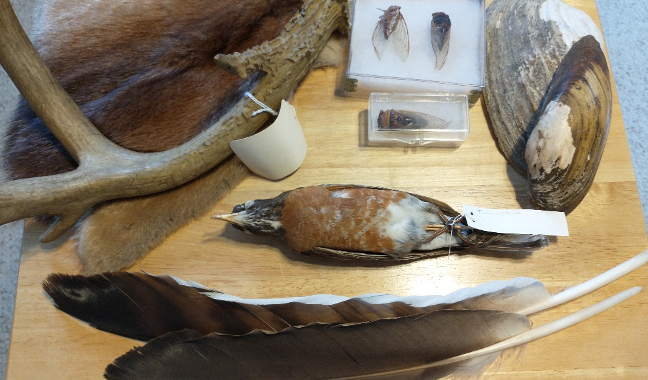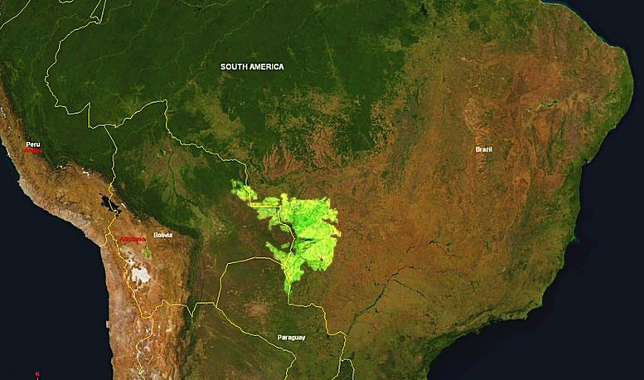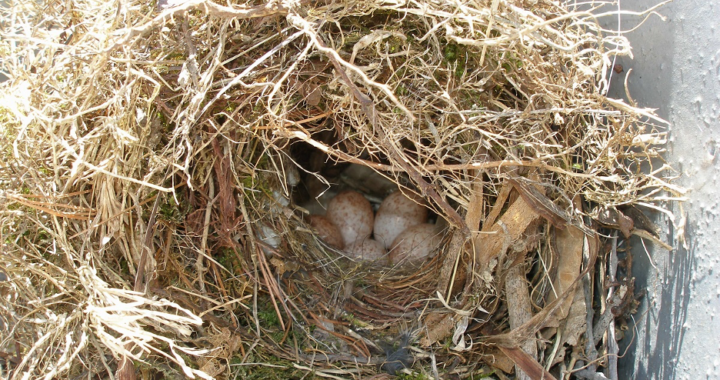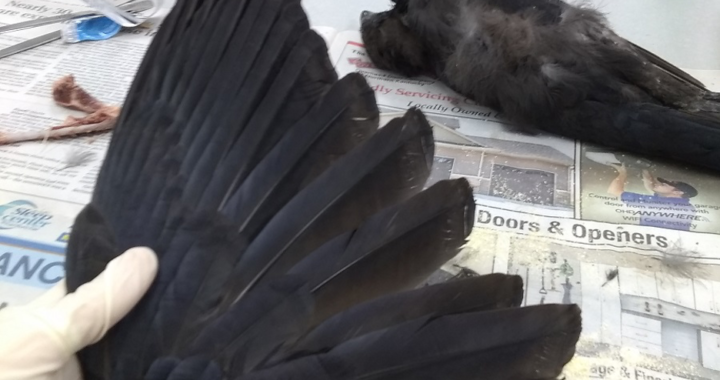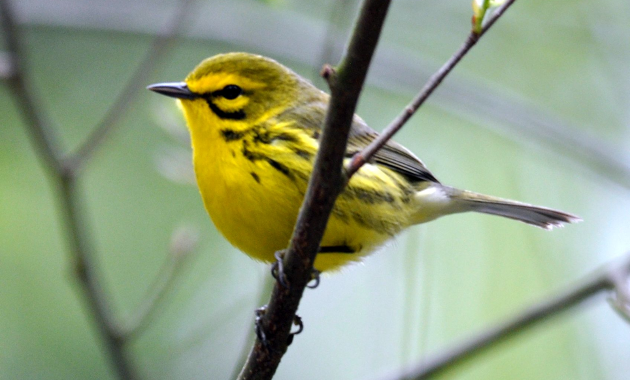Learn how conservation techniques have been used to produce a supplemental outplanting of the rare Cumberland Sandwort! The Cumberland Sandwort is an herbaceous perennial known to occur exclusively in the Cumberland Plateau of southern Kentucky and northern Tennessee.
[READ MORE]Category Archives: Zoology
Going Batty in Cincinnati
Big brown bats are just one of over 1,400 bat species found all over the world, some of which call Cincinnati Museum Center home. Keep reading to learn more about these denizens of the dark.
[READ MORE]New Motus tower at Edge of Appalachia Preserve System
Long-distance movements of animals, like the seasonal migration of birds, have always intrigued scientists. When animals leave our region, where do they go and why?
[READ MORE]Maya Mammals (and more!)
If you visit Maya: The Exhibition, one thing you will notice is how often animals are represented in the artifacts shown, and even in the glyphs used in their ancient writing system. Historic and modern cultures all around the world often use images of animals in their art and to decorate everyday objects. These animals might be important food sources, or religious or cultural symbols, or even pets.
[READ MORE]What’s in the jar?
The Zoology collections at Cincinnati Museum Center are divided into “fluid” and “dry” collections. The fluid collection space is one of my favorites at the museum – it is equal parts creepy and fascinating for most visitors. In the dry collections, specimens are typically skinned (removing all the organs and soft tissue), stuffed, and dried.
[READ MORE]Zoology CSI
Zoology CSI By: Heather Farrington, Curator of Zoology Even at the dawn of the genetic age, it was known that only living (or once living) cells could be a source of DNA for study. Blood, tissues such as skin and muscle, and reproductive cells such as sperm were standard sources of genetic material. Structures such as fur, hair, feathers, shells, claws, and nails were thought to be made up only of secreted proteins, with no living cells, and therefore were of little value to geneticists unless there were still skin cells attached. If you’ve ever seen a TV crime drama, this is why hair samples are always collected by pulling rather than cutting, so that the skin cells at the base of the hair follicle (living cells containing DNA) are attached. After a cell dies, the DNA inside begins to degrade, or break down […]
[READ MORE]Adventures in Brazil’s Pantanal Region
Have you ever wondered what our curators do on vacation? Are we true nerds at heart and spend our vacations doing something related to our fields – visiting museums, libraries, archives, digging up fossils, exploring nature, or visiting historical and cultural sites?
[READ MORE]Be a citizen scientist with project NestWatch!
Looking for an activity to get you out of the house this summer, while maintaining proper social distancing? Want to learn more about the animals living around you? Consider participating in Project NestWatch!
[READ MORE]From Roadkill to Museum Specimen
Below you will find a brief account of how we prepare bird skins for the museum collection. If you want to see this process in more graphic detail, we’ll provide some video links at the end.
[READ MORE]The birds are back in town!
Bird migration is at its peak right now in the Cincinnati area and on our Edge of Appalachia preserve. All of our bird breeders that leave for the winter are now back in southern Ohio, Indiana, and Northern Kentucky and singing in their territories.
[READ MORE]
